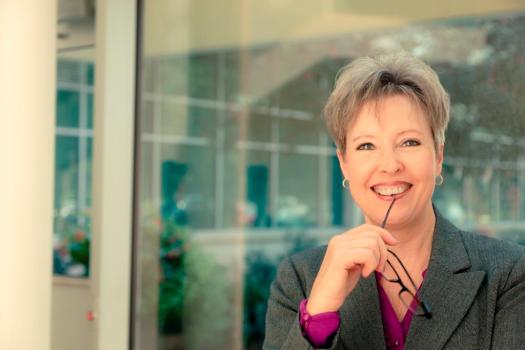
Shifting the perception of councils away from “roads, rates and rubbish” will also help reflect the contribution of women in the local government workforce.
We’ve all heard the maxim referring to council business as “roads, rates and rubbish”, which significantly distorts the community’s perception of what local government actually does.
A Local Government Professionals Australia paper in 2016, Australia in a century of transformative governance: a federation for communities and places, found this perception can only be addressed by federal and state governments working with councils to promote the full role of local government and its unique intersection with communities.

Beyond the capacity of local government, there’s also the question of whether the “roads, rates and rubbish” view of councils, which has a strong male image associated with it, contributes to gender issues in the local government workforce.
Data from the Australasian LG Performance Excellence Program has highlighted that the three service areas of roads, rates and rubbish reflect some of the most gendered in local government workforce. In New South Wales councils, for example, women make up 5.4 per cent of staff working on roads and bridges, 16.6 per cent in solid waste management and a more balanced 48 per cent in town planning.
If the “roads, rates and rubbish” view of councils persists, so will the male dominated perception of local government. Unfortunately this is not being helped by the generally low female participation in the leadership of local government; only 29 per cent of women sit at manager level or higher in NSW councils – a number that hasn’t moved over the past four years.
Compared with the other geographic areas we track in the program, NSW’s female representation in leadership is well behind two of the other three regions and on par with one other. More broadly, it is also well below the 2017 Workplace Gender Equality Agency data which showed women accounted for 37.4 per cent of management across employers with more than 100 employees.
This lack of gender diversity in local government management is self-perpetuating. A limited pipeline of women to management positions means an absence of female role models in councils, thereby reducing peer support and mentoring opportunities.
It’s quite clear that local government’s PR problem of being seen as about “roads, rates and rubbish” affects more than community and government perceptions but also how the workforce views the sector.
This is particularly concerning given the sector’s workforce challenges including an ageing workforce, a lack of formalised, embedded succession planning, higher Gen Y turnover and a possible lack of vertical opportunity for new entrants.
While we know that the gender skew in local government does reflect broader industry trends in Australia, we don’t believe the sector can shift this radically any time soon without a broader strategic and holistic approach that also encompasses generational issues.
As a start, local government can work on fixing its image.
By shifting the perception away from roads, rates and rubbish we not only help address looming workforce capacity issues but paint a fairer picture of local government where the role of women – in all service areas – is equally recognised and celebrated.
Annalisa Haskell is CEO of LG Professionals Australia, NSW.
Comment below to have your say on this story.
If you have a news story or tip-off, get in touch at editorial@www.governmentnews.com.au.
Sign up to the Government News newsletter.
Most read
Scathing report finds little has changed at PwC
Qld council welcomes progress on massive battery system
Inquiry to consider how federal govt can address councils’ sustainability issues
‘Local’ procurement turns out not to be so local, committee hears
Another report finds local government falling down on cyber security


